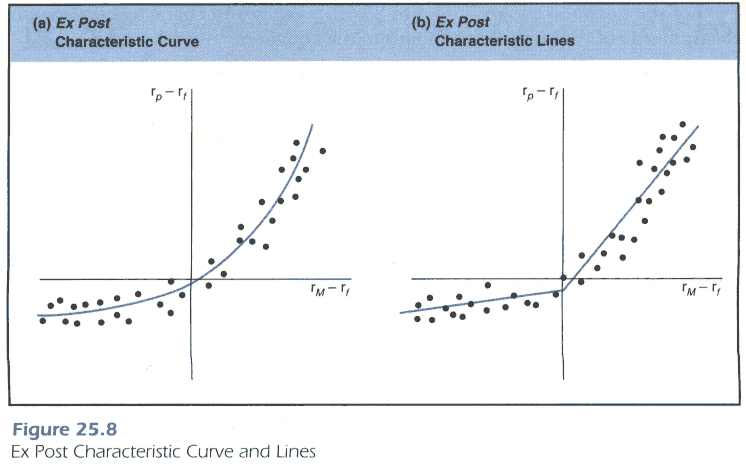What is the Difference Between Alpha and Beta in Investment
Post on: 16 Март, 2015 No Comment

by KenFaulkenberry
Alpha and Beta are two common measurements of investment risk. However, I must add a caveat before we jump in. Alpha and Beta are part of modern portfolio theory. much of which is questioned by analysts (including myself). That doesn’t mean you can’t use the concepts of alpha and beta to have a better understanding of investing.
Difference Between Alpha and Beta
Beta is a historical measure of volatility. Beta measures the historical volatility of an asset (i.e. a stock, an ETF, or portfolio) versus a benchmark (i.e. an index).
Alpha is a historical measure of an asset’s return on investment compared to the risk adjusted expected return.
What Does Beta Mean?
A beta of 1.0 implies a positive correlation (correlation measures direction, not volatility) where the asset moves in the same direction and the same percentage as the benchmark. A beta of -1 implies a negative correlation where the asset moves in the opposite direction but equal in volatility to the benchmark.
A beta of zero implies no correlation between the assets. Any beta above zero would imply a positive correlation with volatility expressed by how much over zero the number is. Any beta below zero would imply a negative correlation with volatility expressed by how much under zero the number is. For example a beta of 2.0 or -2.0 would imply volatility twice the benchmark. A beta of 0.5 or -0.5 implies volatility one-half the benchmark. I use the word “implies” because beta is based on historical data and we all know historical data does not guarantee future returns.
What Does Alpha Mean?
Alpha is used to measure performance on a risk adjusted basis. As an investor we want to know if we are being compensated for the risk taken. The return of investment might be better than a benchmark but still not compensate for the assumption of the risk.
An alpha of zero means the investment has exactly earned a return adequate for the risk assumed. An alpha over zero means the investment has earned a return that has more than compensated for the risk taken. An alpha of less than zero means the investment has earned a return that has not compensated for the risk assumed.
By risk adjusted we mean an investment return should compensate for Beta (volatility). If an investment is twice as volatile as the benchmark an investor should receive twice the return for assuming the additional risk. If an investment is less volatile than the benchmark an investor could receive less return than the benchmark and still be fairly compensated for the amount of risk taken.
Stock Beta and Alpha as an Example
Let’s assume company XYZ’s stock has a return on investment of 12% for the year and a beta of + 1.5; our benchmark is the S&P500 which was up 10% during the period. Is this a good investment?
A beta of 1.5 implies volatility 50% greater than the benchmark; therefore the stock should have had a return of 15% to compensate for the additional risk taken by owning a higher risk investment. The stock only had a return of 12%; three percent lower than the rate of return needed to compensate for the additional risk. The Alpha for this stock was -3 and tells us it was not a good investment even though the return was higher than the benchmark.
Alpha Investment versus Beta Investment
Beta investment is a choice. How much volatility is the investment manager willing to accept? That answer will depend on the objectives of the manager, the current investment environment, and should include consideration of asset valuations.
Everyone strives for positive alpha. This is the goal of a portfolio manager. A good manager uses portfolio management tools. Positive alpha is achieved with asset allocation, diversification, risk management, valuation strategies, and choosing individual investments with strategic advantages.














